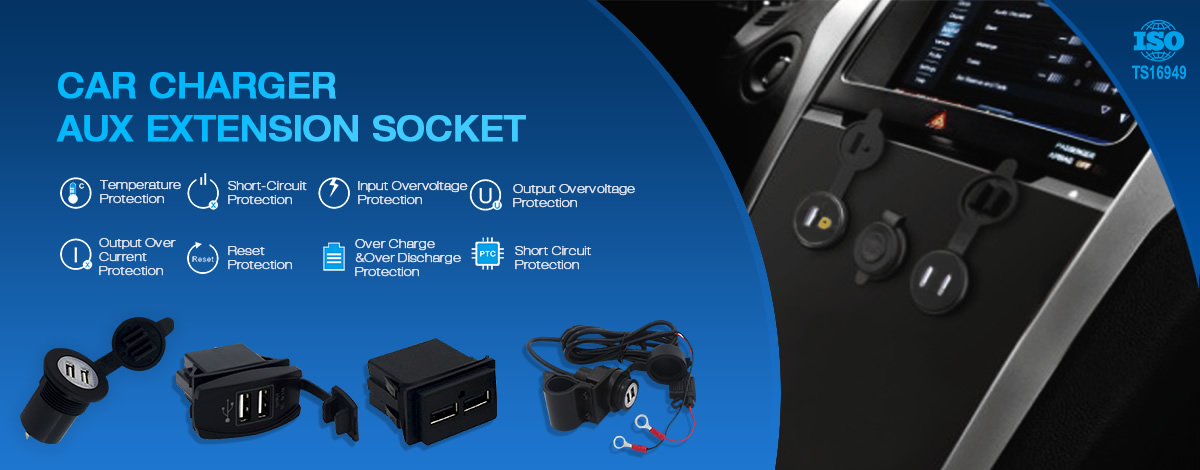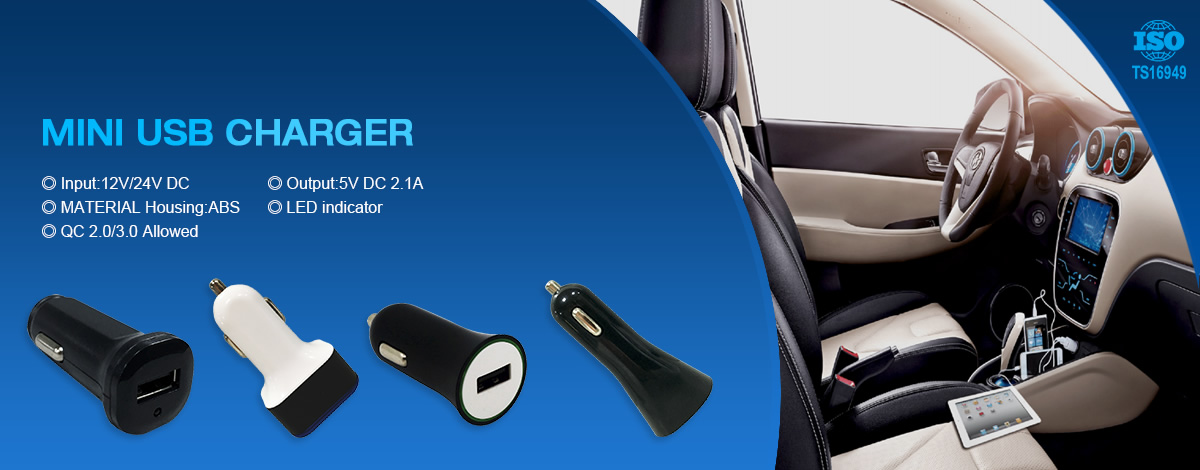1. Filament voltage: V; 2. Filament current: mA; 3. Anode voltage: V; 4. Anode current: mA; 5. Grid voltage: V; 6. Grid current: mA; 7. Cathode access resistance : Ω; 8. Output power: W; 9. Transconductance: mA / v; 10. Internal resistance: kΩ.
Calculation of several common values:
Amplification factor μ = anode voltage Uak / gate voltage Ugk
Represents the ratio of anode voltage to gate voltage while maintaining the anode current constant.
Transconductance S = anode current Ia / gate voltage Ugk
It means how many units of anode current will change if the grid voltage changes by one unit (such as mV) while keeping the anode voltage constant.
Internal resistance Ri = gate voltage Uak / anode current Ia
It means how many units of anode voltage will change if the anode current has a unit (such as mA) voltage change while maintaining the grid voltage unchanged.
The above values ​​can also be expressed as amplification factor μ = transconductance S times internal resistance Ri
Let me talk about these first, if you think you can look down, I will talk about several common pipe types and structural working principles, etc. next time.
This time let me talk about the structure and working principle of the electron tube. Take care of our old habits. The tube types and unit circuits involved will be made with domestic tubes as an example. In the end, I will briefly talk about the characteristics and replacement of some common domestic tubes and imported tubes with my own experience.
Before discussing, we must first define the scope of the discussion, which is limited to vacuum tubes.
Whether it is a two-electrode, three-electrode, or vacuum tube with more electrodes, they all have a common structure consisting of a glass (or metal, ceramic) shell that is evacuated to a near vacuum, and a filament, cathode, and anode encapsulated in the shell . The filament of the direct-heating electron tube is the cathode, and the multi-electrode tube with more than three poles also has various grids.
Let me talk about diodes first:
Consider a heated metal plate, when its temperature reaches above 800 degrees Celsius, it will form an accelerated movement of electrons, so that it can get rid of the attraction of the metal plate itself and escape to the space outside the metal surface. If a positive voltage of tens to tens of thousands of volts is added to this space (the picture tube mentioned above is marked by snow, the high voltage of 7000-27000 volts is added to the anode), these electrons will It is attracted to fly to the forward voltage pole, and flows through the power supply to form a loop current.
Encapsulate the metal plate (cathode), the heating source (filament), and the forward voltage plate (anode) in a suitable shell, that is, the glass (or metal, ceramic) package mentioned above, and then evacuate it to almost vacuum. It is an electronic diode.
It should be noted that due to the manufacturing process, the adhesion of impurities and the material itself, a small amount of residual gas will remain in the tube, and the finished tube is coated with a layer of getter in the tube. The getter generally uses a nitrogen-doped evaporative zirconium aluminum or zirconium vanadium material. Except for special purposes (such as ultra-high frequency and high-voltage rectification, etc.), in order to facilitate use and increase one-to-one nature, both diodes, or two-pole three-pole, or three-pole three-pole and two-pole five-pole etc. Inside a tube shell, this is a composite tube.
Next, the triode:
The structure of the diode determines its unidirectional conductivity. When a pole with an appropriate voltage is added between the cathode and the anode, this voltage will change the surface potential of the cathode, thus affecting the cathode thermal electrons flying to the anode. The quantity, which is the modulation pole, is generally made of a spiral grid made of metal wire, so it is also called the grid. This is the valve function that Sijiqing friends said. It can be seen that when the amplified signal voltage is applied between the gate and the cathode, the anode current will inevitably change due to its change, and because the anode voltage is much higher than the cathode, the gate The slight voltage change between the cathodes can also cause the anode to produce a corresponding voltage change of several tens to hundreds of times. This is the principle of the transistor amplifying the voltage signal.
Picture above Picture above! Lao Fei sacrificed a tube and opened his stomach to show you:
This is a universal bipolar transistor 6N1 for high frequency amplification. 1 is a getter; 2 is a combination of filament cathode and grid; 3 is an anode.
Now break the glass bulb and pay attention to the color change of the getter. In other words, once the getter of the tube becomes this milky white, this tube is useless whether the glass bulb breaks or not.
Look clearly!
1: anode; 2: grid, the white part of the grid is the insulating layer of the grid and the cathode; 3 is the cathode, this is a flat metal tube, the filament is wrapped in it.
Next, talk about multi-gate tubes:
Common multi-grid tubes include four-pole, five-pole and seven-pole tubes. Let us first talk about five-pole and seven-pole tubes. The four-pole is special and currently more than half of the models used in commodity power amplifiers use this thing. Say.
The structure of the pentode is similar to the triode, except that it has two more grids than the triode, namely the curtain grid and the suppression grid.
In general applications, the DC voltage applied to the curtain grid is equivalent to the anode. Its role is to help the anode to attract electrons passing through the grid together, so that it accelerates to the anode. Therefore, for the same volume of electron tubes, the The anode current of the curtain grid tube is larger than that of the transistor without curtain grid. In addition, the curtain grid also plays a role of shielding, thus improving the stability of the circuit operation.
Before understanding the role of suppressing the grid, let's talk about a phenomenon: secondary electrons. When the filament heats the cathode, the anode will be heated accordingly, so when the electrons flying from the cathode hit the anode, a part of the electrons will be hit from the anode plate, which is the secondary electrons. In practical applications, the suppression grid must be connected to the cathode (so some tubes are already connected internally). The purpose of adding the suppression grid is to use the equal potential of the suppression grid and the cathode to suppress secondary electrons to avoid their fall. Into the curtain grid. In this state, the secondary electrons will be attracted to the anode again and fly to the anode again.
The structure of the seven-pole tube is similar to that of the five-pole tube, but it has five grids. It is generally used in the frequency conversion circuit of radio reception, and has little relationship with the audio amplifier circuit, not to mention it.
Turning back to talking about the quadrupole, in fact, the pure meaning of the quadrupole has only appeared as a verification tube in the development history of the electron tube and has not entered practical use. This is another topic not to talk about it. This is used by more than half of the models in commodity amplifiers-beam tetrode.
Smash a few more, mom's bosses fall XO in the bar, let's smash MULLARD!
First look at the picture below.
The beam-emitting diodes are all power tubes, and the requirement for the power tube is to generate as large an anode current as possible. The beam diode has some special arrangements on the electrode structure, so that it can form a larger anode current than other power tubes while maintaining a small volume difference from other power tubes.
It can be seen from the figure that several structural characteristics of the beam-emitting diode:
1. The cathode is elliptical, which increases the effective emission area of ​​the cathode, thereby increasing the amount of thermal electrons emitted.
2. As with the pentode, a curtain grid is added between the suppression grid and the anode.
3. A pair of bow-shaped metal plates are added between the curtain grid and the anode (speaking of the important points, pay attention to the following statement), this is the bundling screen. The bundling screen is connected to the cathode in the tube, that is, it has the same potential as the cathode. It forces the electron flow that has passed the curtain grid to be directed toward the anode in a beam along the opening direction of the bow metal plate. Well, let ’s review the definition of junior high school knowledge, that is, the current: the flow of electrons through a unit of cross-sectional area per unit of time. Here, when the electron flow is emitted in a bundle, the density must increase, so the anode current is ingeniously increased in this way. This is the key to the fact that the beam diode can form a larger anode current than other power tubes while maintaining a small volume difference from other power tubes.
USB Charger Socket
The USB Charger Socket refers to a car charger that is conventionally powered by a car battery (car 12V, truck 24V), and is widely used in the charging of lithium batteries for various portable and hand held devices.
The characteristic of the USB Car Charger: Versatility, portability, fashion, safety

With the development of the automotive industry, USB Car Charger are widely used, showing the characteristics of versatility, portability, and fashion.
Versatility: This USB Charger is equipped with four AC adapters: American, British, Austrian and European. It is equipped with car charger, direct charge and
USB to meet the charging under different conditions. Dual USB An output interface that can charge multiple electronic products. And this product is also the world's first charger to charge the iPad, the iPad can be completed in about 4 hours, you can take the iPad to go for a ride.

Portability: Portability is a major trend in the development of today's electronic products. The unique folding car charger design condenses the product volume to 6.9 × 5.6 × 3.1cm, which is extremely convenient to carry around.
Fashion: For the high-end consumer groups of car owners, the fashion of car chargers is also valued by manufacturers. Generally used ABS material and piano paint process, not only stylish, but also very good.
Safety: This has passed the inspection of international safety performances such as CCC, UL, FCC, CE, etc., and has the guarantee of insurance company, which strongly guarantees the safety of use performance and consumer rights.

USB Charger Socket
USB Charger Socket,USB Charger,Phone Charger,USB Car Charger
YESWITCH ELECTRONICS CO., LTD. , https://www.yeswitches.com